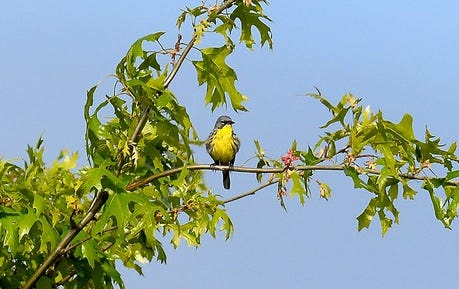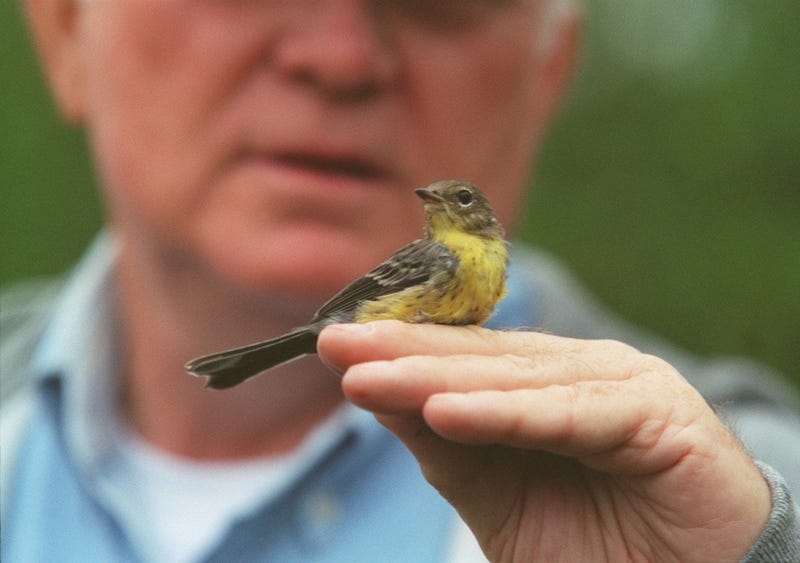
(WWJ) - Move over, red robin -- A new bill proposed by an Upper Peninsula legislator on Wednesday looks to make the Kirtland's warbler Michigan's state bird.
Rep. Greg Markkanen, R-Hancock, introduced the bill, HB 6382, years after he first heard the bird's signature call while working as a medic with the 107th Engineer Battalion of the Michigan Army National Guard, the Detroit Free Press reported.
The training grounds at Camp Grayling in Northern Michigan sits on prime territory for the Kirtland's warbler, captivating those with its unique singsong.
The sound “is spellbinding for me,” Markkanen, 64, told the Free Press, now an avid outdoorsman and retired schoolteacher.
He said Michiganders view the bird as extension of the hardships the state has faced, stating the Kirtland's warbler was almost wiped out before its triumphant return.
The bird, mostly native to Michigan, spent nearly 50 years of the Endangered Species List, the Cornell Lab of Ornithology outlined. It was delisted in 2019 through extensive conservation efforts.
“I think a bird like that should be the state bird of Michigan,” said Markkanen.
The Kirtland's warbler would replace the current state bird, the robin, which was designated by Michigan in 1931 after an election held by the Michigan Audubon Society, according to State Symbols USA.

According to the society, the state legislation said at the time "the robin redbreast is the best known and best loved of all the birds in the state of Michigan."
State Symbols USA also lists the robin as the state bird of Connecticut and Wisconsin -- it s the most widespread thrush in North America.
Other supporters for changing Michigan's state bird include William Rapai, of the Kirtland's Warbler Alliance.
“We need a state symbol that’s as unique to Michigan as the Kirtland’s warbler is," he said.
according to Rapai, the warblers reside almost exclusively to the woods of Oscoda, Crawford and Ogemaw counties, with few sightings in Gladwin and Kalkaska.
Even fewer are spotted outside the sate, in Wisconsin and Ontario.
The males are easily identified by their brightly-colored feathers and measure about six inches long. They stand out with yellow breasts and gray feathers down their back.
Their song can be heard over a quarter of a mile far, experts say.
According to Rapai, Markkanen's proposed legislation will be assigned to a committee. Once the committee, either Natural Resources or Government Operations, votes the bill out, it would then head to the House and the Senate for approval.
"I'm optimistic we could have it done by the end of the year," he said.
